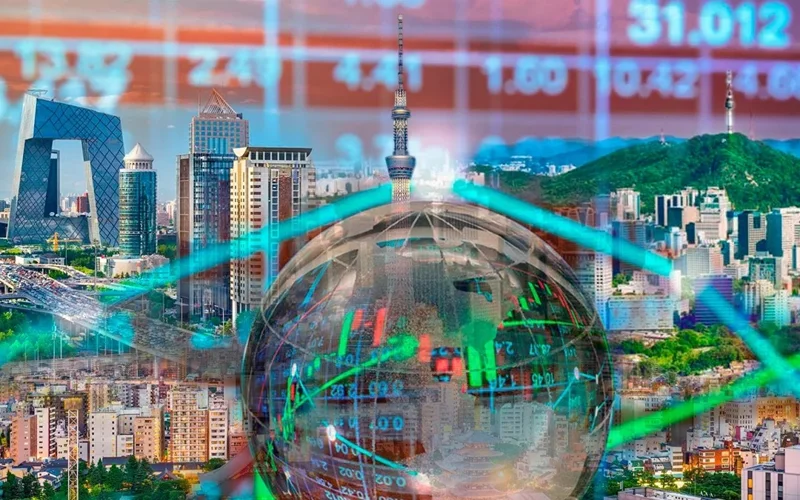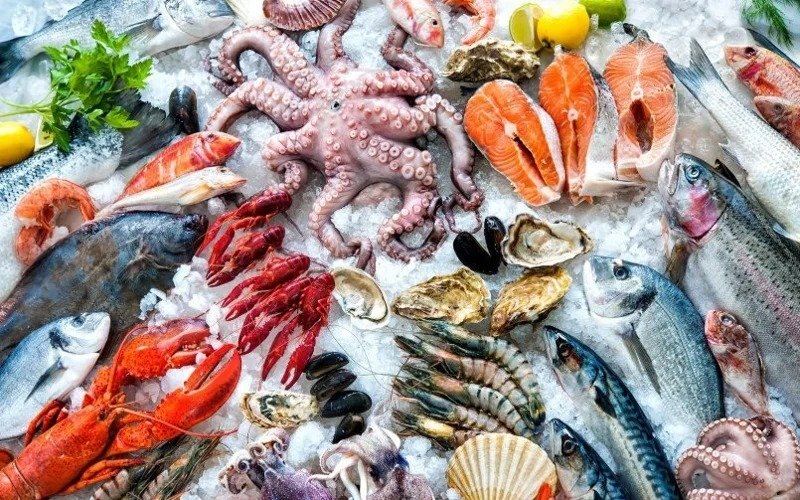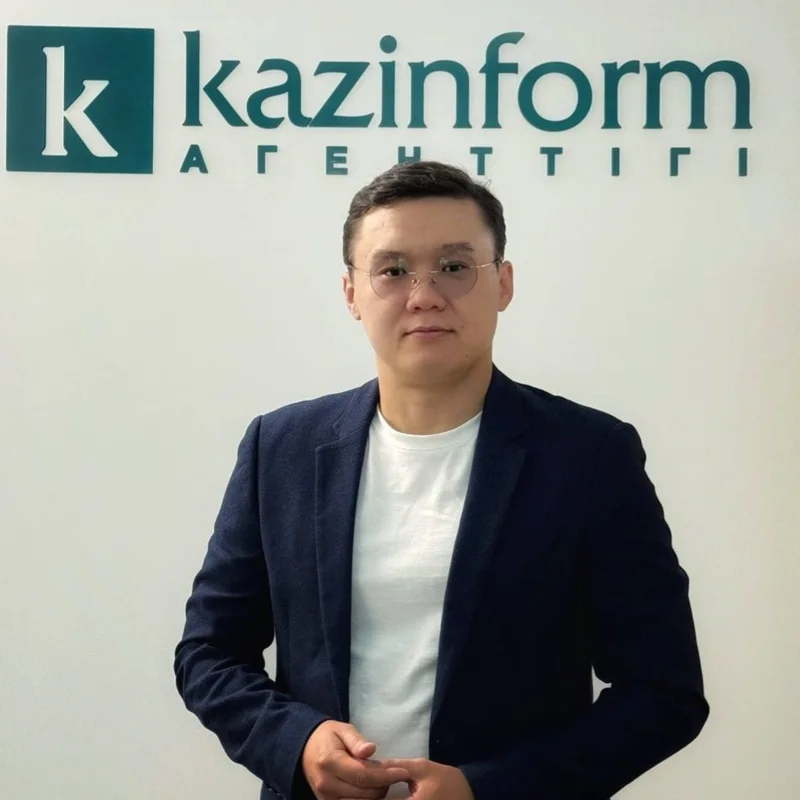Trump’s tariffs: What Beijing, Tokyo, and Seoul are negotiating?
The recent changes in U.S. trade policy have come as a “cold shower” for America’s foreign partners. The 90-day suspension of tariff hikes has prompted officials in many countries to shift into emergency mode. This analysis by a Kazinform News Agency correspondent explores how East Asia’s “close neighbors” are working to maintain balance amid the new realities.

A close neighbor is better than distant relatives
After the announcement of a three-month pause on import tariffs, negotiation teams have been crossing the Pacific and Atlantic Oceans one after another to discuss new trade, economic, and investment terms with the Trump administration. Many realize that talks with the U.S. will be difficult and that success is not guaranteed even for America’s closest allies.
The volatility in global markets has spurred the three largest East Asian economies to accelerate regional cooperation.
On March 22, Tokyo hosted the 11th trilateral meeting of the foreign ministers of Japan, China, and South Korea. Ahead of the event, during a meeting between Japanese Prime Minister Shigeru Ishiba and the leaders of foreign delegations, Chinese Foreign Minister Wang Yi recalled a common saying in all three countries: “A close neighbor is better than distant relatives.”
“In the increasingly unstable and uncertain international environment, this wise Eastern proverb underscores the importance of cooperation. Strengthening interstate relations will ensure peace and stability in the region, and deepening cooperation will help countries respond more effectively to external challenges,” Wang Yi added.
According to a press release from Japan’s Ministry of Foreign Affairs, the ministers agreed on the need to promote future-oriented cooperation and welcomed the signing of a protocol amending the Agreement Establishing the Trilateral Cooperation Secretariat, aimed at strengthening its medium- and long-term activities, including enhanced regional collaboration.
At the closing press conference, Japan’s Foreign Minister Takeshi Iwaya also announced that China and Japan had confirmed progress in talks on resuming imports of Japanese seafood into China. They also began preparations for the upcoming trilateral summit later this year, the date of which depends on domestic political developments in South Korea.
The progress in negotiations between Beijing and Tokyo over seafood imports shows both countries’ willingness to strengthen trade and economic ties.
It’s worth noting that China was the largest importer of Japanese seafood, with total imports reaching 87.1 billion yen (about $592 million) in 2022. In August 2023, Japan began discharging over one million tons of treated radioactive water from the damaged Fukushima nuclear plant into the Pacific Ocean. In response, China imposed a ban on Japanese seafood imports.

Accelerating free trade talks
After Washington announced 25% tariffs on cars and auto parts, East Asia’s major exporters held the 13th trilateral meeting of trade and economy ministers from China, South Korea, and Japan in Seoul on March 30.
At the meeting, the three countries agreed to accelerate negotiations on a trilateral free trade agreement, strengthen supply chain cooperation, enhance dialogue on export controls, deepen cooperation in digital and green economies, expand interregional collaboration, and jointly create a favorable environment for business interaction.
The renewed emphasis on free trade takes on a different tone against the backdrop of recent U.S. policy shifts. However, even before Donald Trump’s return to the Oval Office, at the 9th trilateral summit in Seoul on May 27, 2024, attended by the President of South Korea and the Prime Ministers of China and Japan, the three sides had made a similar statement in a joint declaration.
The 90-day race
The recent foreign, trade, and economy ministerial meetings between China, Japan, and South Korea mark an important step in strengthening regional cooperation. However, close political and economic ties with Washington have led Tokyo and Seoul to speed up bilateral talks with the U.S. within the 90-day window before the new American tariffs take effect.
Japan has already begun: last week, a delegation led by economic officials arrived in Washington. U.S. Treasury Secretary and chief negotiator Scott Bessent stated that Tokyo would likely receive priority in the dialogue due to its swift initiative.
Following Japan, South Korea is also entering the negotiation process. A meeting between Korean and American representatives is expected to take place in Washington this week. Acting South Korean President Han Duck-soo expressed hope on April 21 that the upcoming talks would be a starting point for “meaningful cooperation” but warned that the dialogue could be challenging.
Meanwhile, Beijing — facing U.S. tariffs as high as 145% — is reshuffling its trade team amid a prolonged stalemate with Washington. On April 16, China’s State Council announced the appointment of Li Chenggang as China’s new international trade representative at the Ministry of Commerce and as Deputy Minister of Commerce, replacing Wang Shouwen.
Seeking strategic balance
The new U.S. trade policy has forced East Asia’s major economies to urgently rethink their foreign economic priorities. In search of strategic balance, the countries are simultaneously strengthening regional cooperation and taking steps to normalize relations with Washington.
The recent progress between Beijing and Tokyo regarding seafood imports shows a willingness to gradually expand trade and economic ties. However, this process faces serious challenges linked to the transformation of the regional industrial structure, where countries have shifted from vertically complementary models to direct competition in the same high-tech sectors.

Facing tight deadlines and steep U.S. tariffs, East Asian countries are striving to find a way out of the trade confrontation. Japan and South Korea have already launched negotiations, while China is making personnel changes.
The key dilemma for Japan and South Korea is how to deepen ties with their key ally, the U.S., without straining relations with China. Balancing between these two power centers is becoming increasingly difficult, and any move toward one side could be perceived as alienating the other.
Earlier, it was reported that Chinese Foreign Minister arrived in Almaty for the “Central Asia – China” meeting on April 26. During the Strategic Dialogue, the parties discussed political, economic, and cultural cooperation, reviewed the implementation of high-level agreements, and highlighted the positive momentum in Kazakhstan-China relations.

